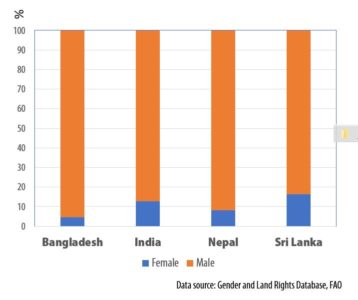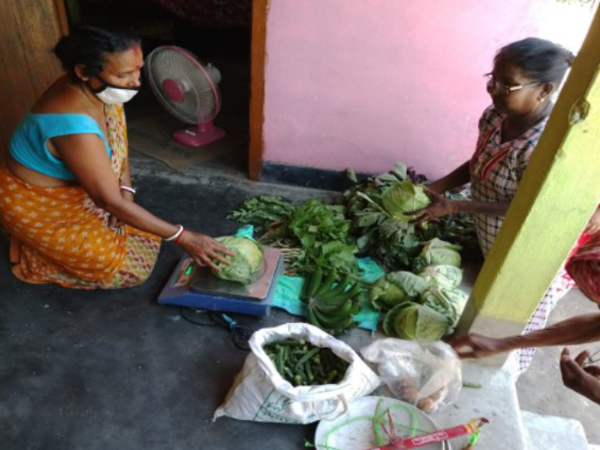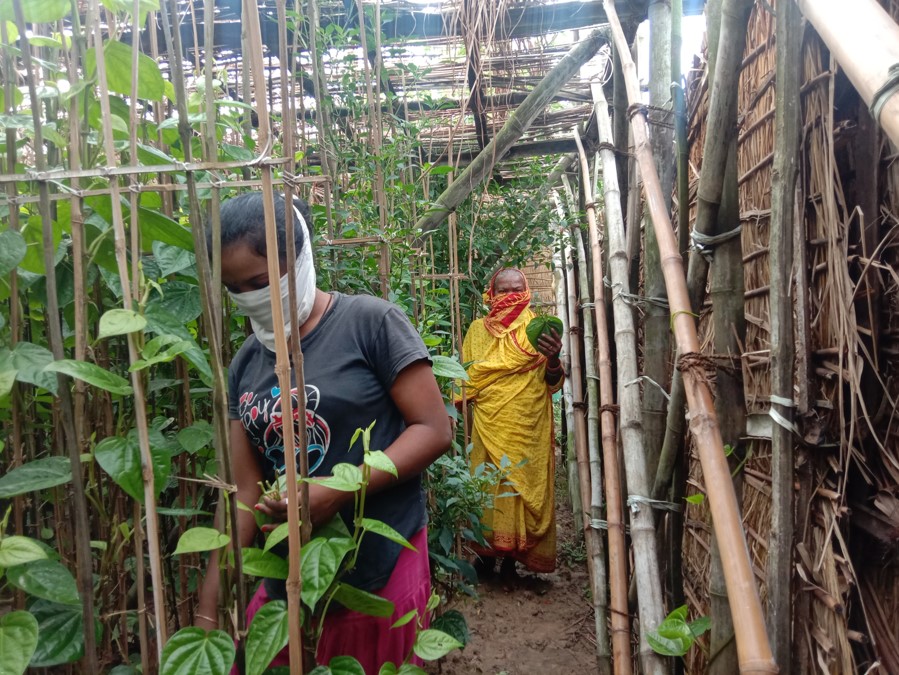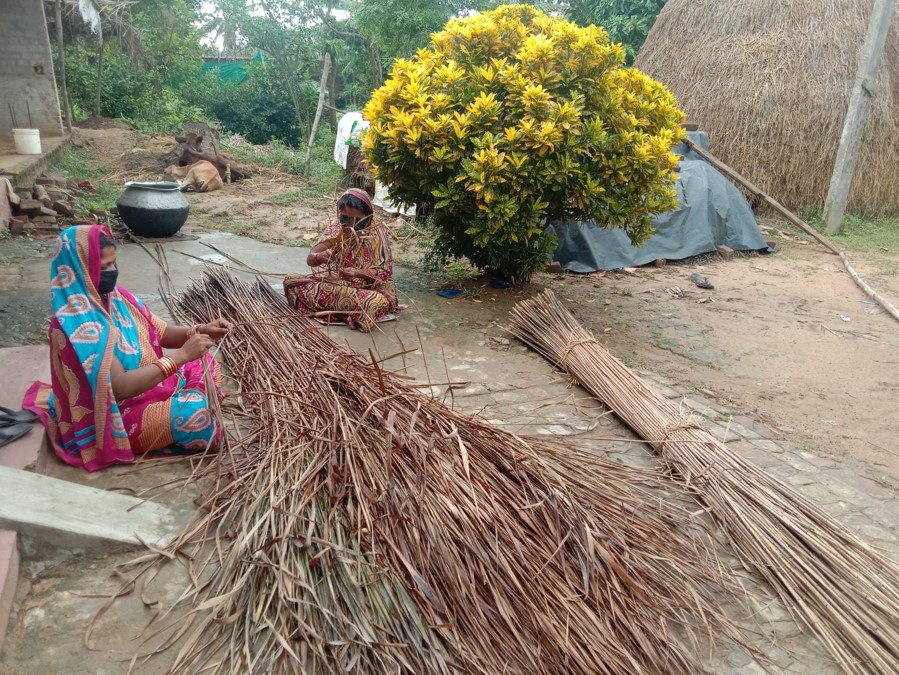While COVID-19 pandemic has affected the livelihoods of billions worldwide, the economic fallout of the crisis is being acutely felt by women whose jobs are more likely to be temporary and part-time than their male counterparts. As the extended shutdowns slow economies, women are bearing the brunt of layoffs and job losses, particularly in South Asia where women account for more than half the agricultural workforce vis-à-vis the global average of 26%.

Depending on the region, sociocultural norms and agricultural practices, women tend to be involved in specific farming operations. For rice farming, women in Bangladesh are frequently limited to post-harvest activities whereas in India women also participate in crop establishment, harvesting and post-harvesting activities. Among the women engaged in agriculture, few are landholders, ranging from 4.8% in Bangladesh to 12.8% in India (Figure 1). This means the vast majority of women farmers in South Asia (85‒95%) are unpaid family workers or paid laborers on other people’s farms.
The International Potato Center (CIP) has been working for many years with vulnerable women farmers in Odisha and Assam, two poor agricultural states in eastern India. While CIP staff have always found them to be extremely resilient, their lack of capital and regular supply of food, as well as high degree of economic uncertainty make them the most vulnerable of women farmers.
In recent weeks, CIP staff have contacted many women beneficiaries in extremely vulnerable circumstances to understand their current situation and coping mechanisms. This is the time of the year when women small farmers and sharecroppers are busy harvesting and selling their crops, such as paddy and vegetables, to traders and in nearby markets. But the lockdown has brought much of this activity to a halt.
Vegetable cultivation is preferred by many of the farmers supported by because they provide them with a daily cash flow by selling mature vegetables every morning. Fear of contagion and transportation problems have stopped traders and middlemen from going to villages to buy farm produce, particularly vegetables. Some farmers have tried to sell their vegetables within their villages at give-away prices – at less than a third of normal prices (Figure 2). Others have left them to rot in fields due to a lack of buyers.


Figure 2: Women selling vegetables in front of their homes in Gingia, Assam
Other ancillary activities, such as cattle rearing and betel leaf cultivation, have also been badly hit by the lockdown, further affecting women’s income. For landless laborers in Odisha who have set up betel leaf plantations (Figure 3) on leased land and bank finance, the sudden crash in demand for betel leaves has created huge cash flow problems. As a way of making some extra money, some women are making pakhundi, used as a support for the vines to grow (Figure 4). To make matters worse, the spouses of some CIP-supported women farmers who worked in cities have lost their jobs and are now reliant on government assistance to survive.
Looking ahead
Women farmers and laborers have started thinking about the upcoming paddy season. Even if the pandemic continues, small farmers and sharecroppers are determined to grow this staple crop. If they have rice, they believe, they will not go hungry. Many smallholders and those who rely on rented land have begun planning for the challenges ahead, such as the availability of manual labor, quality seed and fertilizer. Many CIP-supported women are using self-help group networks to support each other by exchanging labor.
Women agricultural laborers have a different set of concerns. If the pandemic continues into June or July, they worry about not being able to work due to restrictions on freedom of movement. From a food security perspective, it is essential to restore linkages along supply chains, allowing farmers to buy inputs and sell their produce. For those unable to return to cities soon, they will need to be absorbed productively in the rural economy as the enforced reverse migration represents a new challenge to the government and local administrations.
While the pace of COVID-19’s spread is expected to decline in the near future, the recovery of the economy, especially for women, will continue for some time and require significant extra attention.
Blog by Samarendu Mohanty, Regional Director for Asia; Sampriti Baruah, Research Unit Coordinator for Asia; Bijoy Goswami, Senior Research Associate; Ramesh Ray, Project Manager; and Ranjan Kumar Sahoo, Field Technician.


